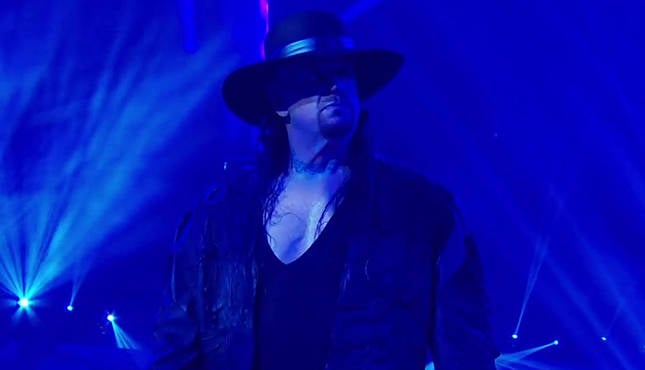
The story of Herbert Howells’s string quartet, called “In Gloucestershire”, is one of repeated mishap and recomposition over several years. In essence, his first effort, which he wrote as a young man in the summer of 1916, was lost on a train journey between Lydney (his birthplace) and Gloucester. Eventually a later version became his Quartet No 3, but an earlier attempt, from 1920, was found and reconstructed.
This is the version performed here. A lyrical mood, with echoes of Ravel’s String Quartet (1903), especially in the short scherzo, is mixed with folk-dance pastoralism. Whether or not you have in your mind’s eye Howells’s beloved Cotswolds at the time of the Great War, this is a stirring work, full of vitality, expertly played here by the .
The Three Pieces for Violin and Piano, Op 28, in similar vein, are from this same rich period of Howell’s creative life; two are included here. The other main work is by Howells’s teacher at the Royal College of Music, Charles Wood (1866-1926). He probably wrote his undated String Quartet No 6 in D towards the end of the first world war.
Melodic, expansive, with hints of Irish folk song and a touch of Brahms, it’s an attractive work that merits this committed and rewarding performance..













